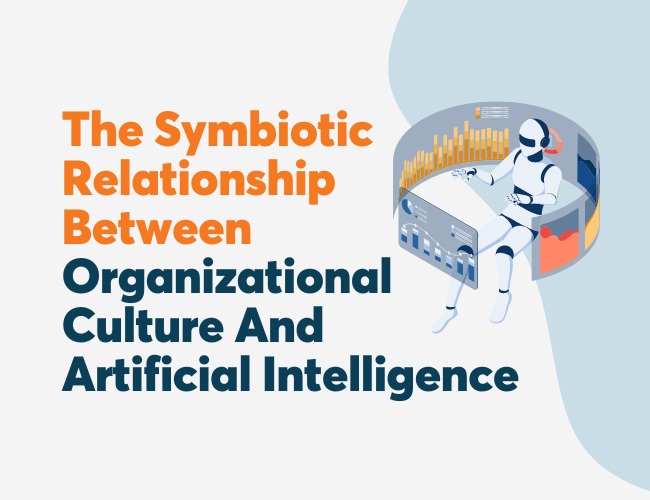Employers often use productivity as a proxy for engagement. They assume that if an employee completes their tasks in a timely and accurate manner, they are tuned in and committed to their organizations.
While engaged employees are productive, engagement isn’t the same thing as productivity. In addition to getting a lot done, engaged employees enjoy the tasks they are working on, feel good about their roles and the organizations they work for, and tend to think about how they can go above and beyond what is strictly required of them.
Because engagement is a complex, multi-dimensional phenomenon, it isn’t well-captured by employee output alone. As a result, if employers want to know whether their workers are engaged in a meaningful sense of the word, they must use an alternative measure that taps into engagement’s cognitive and affective components.
Importance Of Purpose
As a foundational best practice, organizations should articulate their purpose or mission (i.e., an ultimate non-monetary end for which everything else is done). For instance, Google’s purpose is “to organize the world’s information and make it universally accessible and useful.”
When this messaging is powerful enough to resonate with employees, a company’s purpose is well-suited to activate all aspects of engagement. For instance, if an employee cares about “enriching people’s lives with programs and services that inform, educate and entertain” (BBC’s purpose), then they can focus on how their tasks relate to that end and feel good about their jobs. Moreover, they will be more inclined to go above and beyond than if they were just thinking about the company’s bottom line.
Employees seem to understand the value of working for a company with a purpose they connect with. According to a recent MIT report, 72% of employees believe that working in an organization with a goal they believe in is very important to them. As Michael Schrage, one of the main contributors to the report states, employers must “think about purposeful well-being. […] People want more than a fair day’s pay for a fair day’s work; they want to find alignment with purpose.”
How To Cultivate High Net-Purpose Scores
Despite the importance and desirability of organizational purpose, Schrage found that many employees have low “net-purpose scores.” For example, though 72% of respondents stated they assign a high degree of importance to working in a company with a purpose they believe in, only 49% said they believe in their organization’s purpose. Additionally, only 36% claimed they believe in their company’s ability to advance it, and 25% said their organization is as purpose-driven as its leaders believe it to be.
Below are some tips companies can follow to eliminate this discrepancy:
- (Re)discover it: Many organizations don’t have a strong sense of what their purpose is. They may have a vague idea that they want to “change the world for the good,” but they draw a blank beyond that. To create an impactful purpose, Hubert Joly, former Chairman and CEO of Best Buy, recommends looking for it at the intersection of what the world needs, what the people at the company are passionate about, how the company can create economic value, and what the company is uniquely good at.
- Clearly articulate it: According to a Deloitte study, the majority of employees (69%) feel that their organization’s purpose has not been clearly communicated to them. Given that an organization’s purpose can only drive employees if they understand what it is, companies must do a better job of clearly articulating it. Employers can and should ask for help from their employees when trying to accomplish this. By sending out a survey that asks workers to describe the company’s purpose, organizations can simultaneously gain a sense of the degree to which their workforce understands it and draw out its most precise and most actionable expression.
- Be committed to it: Only 25% of respondents in Schrager’s study stated that they feel their organization is as purpose-driven as its leaders believe it to be. Organizations must strive to avoid these negative perceptions. When leaders appear to lack a solid commitment to the company’s mission, employees may feel as though they don’t sincerely value it. They may also believe that it was only developed from a concern for optics rather than a genuine desire to do something meaningful. This can lead employees to devalue the mission and avoid relying on it to feel good about their jobs or guide how they approach their tasks.
- Hire for purpose: No matter what purpose a leader lands on, how clearly, they explain it, or how authentically they are driven by it, some employees won’t be moved by it. In many cases, this is because the stated purpose does not resonate with them. When this happens, there isn’t much that an organization can do. As a result, companies should make purpose part of the hiring process. In particular, they must develop questions designed to extract a candidate’s sincere goals and determine whether they align with the company’s purpose. By bringing on employees who already value the company’s mission, organizations can avoid having to convince them of its importance down the road.












